open main page for all woods open page 2 for articles
WHITE ROT
A type of spalting, this particular form of biodegrade is caused by certain wood-destroying fungi that attack both cellulose and lignin in wood, producing a spongy and stringy mass that is usually whitish but which may assume various shades of yellow, tan, and light brown. Wood affected by white rot normally does not crack across the grain and will only shrink and collapse when severely degraded. Infested wood will gradually lose its strength and become spongy to the touch. Boards can become severely damaged in 6-12 months, and even faster under hot and moist conditions. It can be found in exterior columns, steps, porches, and decks, as well as in doors, windows, and door and window frames. Occasionally, it occurs in wood trim, rafters, joists, sheathing, siding, sills, joists, and sub-flooring.
NOTE: my own experience is that very often areas of white rot are NOT weak or spongy, despite reports to the contrary. Probably this is because the areas in my experience were stopped before the white rot progressed far enough to really eat into the wood.
Although for many woods, "spalted" means black-line spalting, for some woods (apple and alder come to mind) "spalted&" most often means "has white rot" rather than "has black-line spalting".
For some woods (apple, alder, padauk, and bloodwood all come to mind), the white rot stands alone; there is no black line spalting. In other woods (black walnut in particular), the areas of white rot are delineated by black line spalting. The black lines are where the different colonies of white rot fungi have literally fought to the death, leaving lots of little tiny black corpses.
Examples:
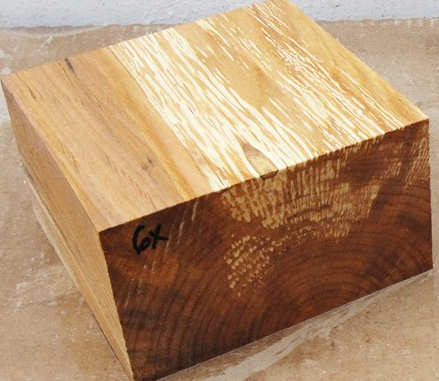

alder bowl blank with just white rot and then a spalted alder plank with both white rot and black line spalting


apple plank and bowl --- the plank has mineral stain with white rot inside the mineral stained area
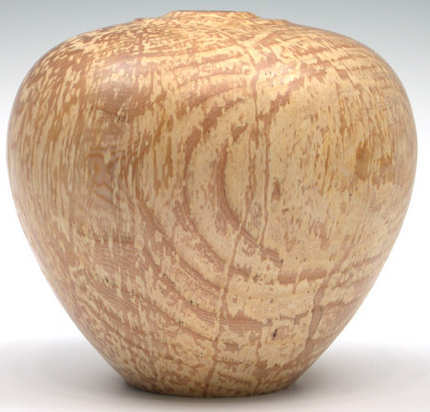
ash hollow form with just white rot

white oak with white rot
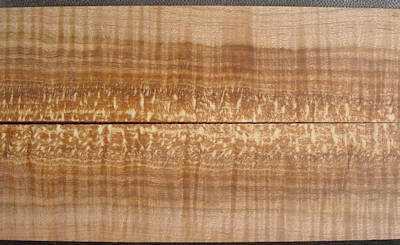
fiddleback maple with white rot
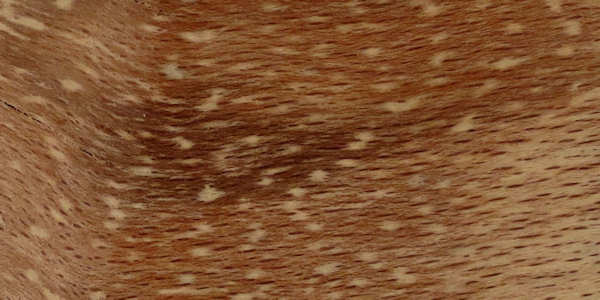

spalted European beech with speckles of white rot and a beech plank with white rot
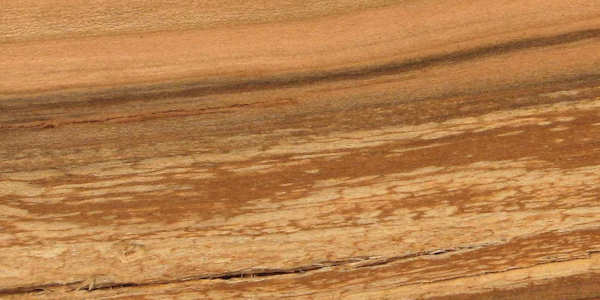
American black cherry with just white rot
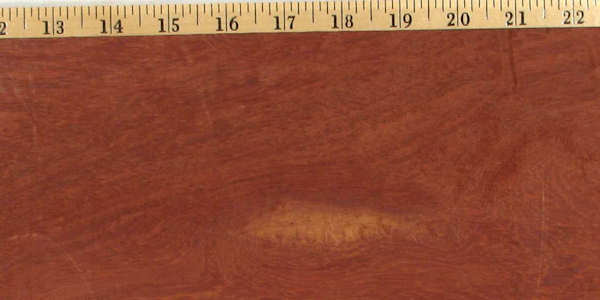

padauk planks
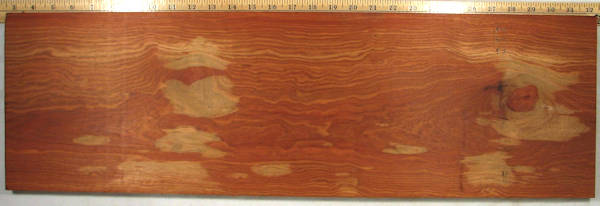
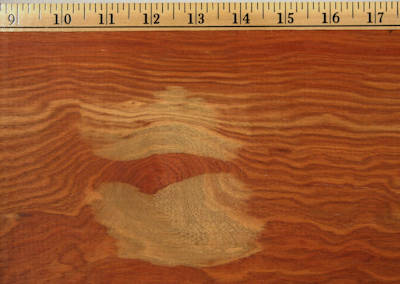
bloodwood and a closeup of one area
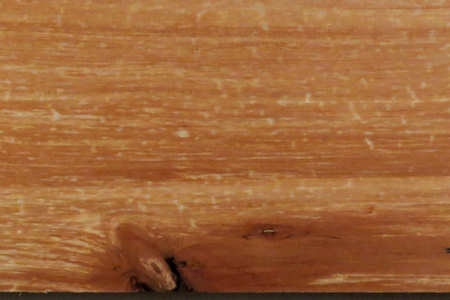
willow
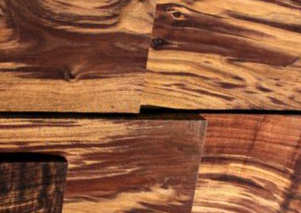
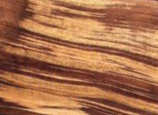
claro walnut

both sides of a turning square of walnut with white rot.
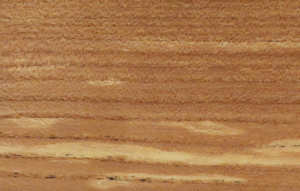
red elm
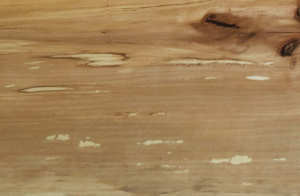
sweet gum (this is a pic of part of a finished rustic table top)
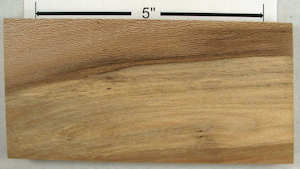
European plane (aka London plane)
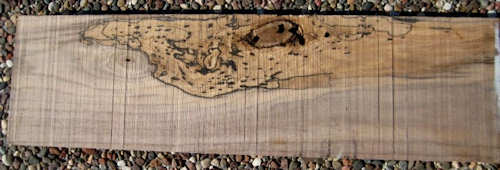
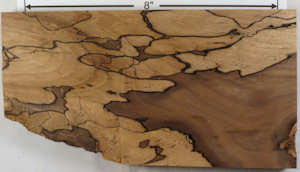
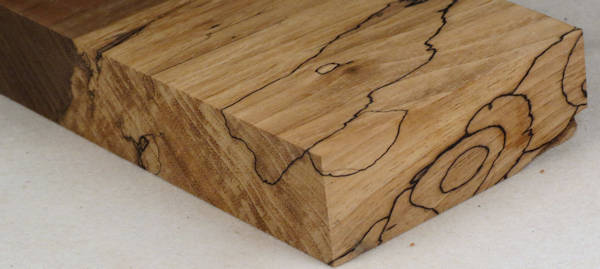
spalted black walnut with white rot areas surrounded by black line spalting. That is, there is no sapwood in any of these pieces; all of the cream colored areas are white rot, and I note, they are not the least bit punky.























